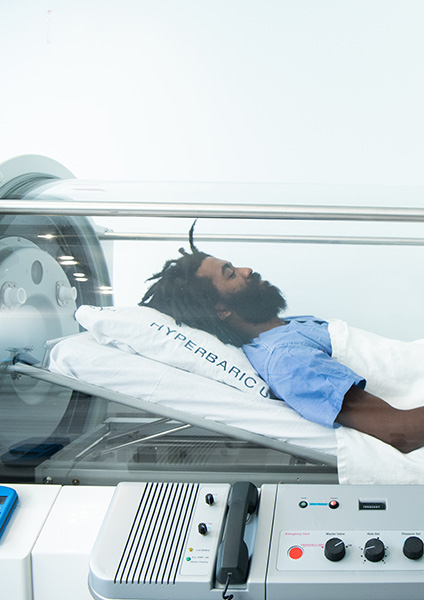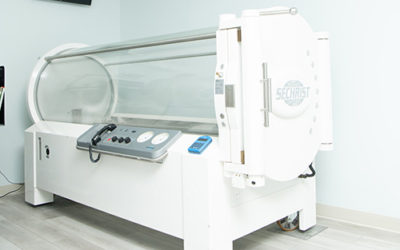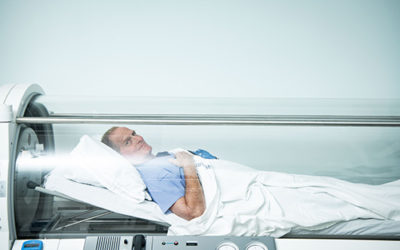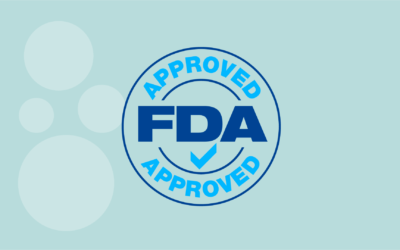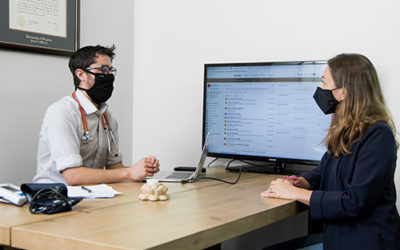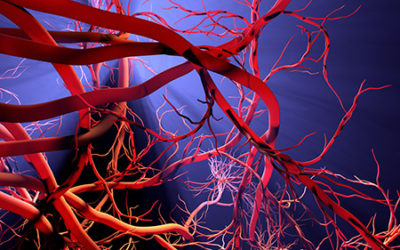FREQUENTLY ASKED QUESTIONS:
What are the Risks and Benefits of Hyperbaric Oxygen Therapy?
Increased Blood Flow
Increase blood flow and circulation through new blood vessel growth via a process called angiogenesis. Blood flow is crucial for healing and for optimal organ function.
Reduce Inflammation
Inflammation has been shown to be at the root of most chronic disease. Oxygen under pressure activates genes that reduce inflammation and promote profound healing.
Reduce Pain
By increasing oxygenation of the body’s tissues, increasing blood flow and reducing inflammation, hyperbaric oxygen therapy can greatly reduce pain and support healing.
Conditions Treated by Hyperbaric Oxygen Therapy Include:
FDA Approved Conditions
- Diabetic wounds
- Crush injury
- Necrotizing soft tissue infection
- Compromised skin grafts
- Carbon monoxide poisoning
- Nitrogen narcosis (decompression sickness)
- Refractory osteomyelitis
- Radiation injury
- Thermal Burns
- Intracranial abscess
- Exceptional blood loss (anemia)
- Gas gangrene
- Refractory osteomyelitis
- Gas embolism
Other Conditions Supported by the International Hyperbaric Association:
- Antiviral/Antibacterial
- Autism
- Athletic injury
- Cellular regeneration
- Cerebral palsy
- Crohn’s disease
- Cancer
- Concussion
- Enhanced Immune Function
- Irritable bowel disease
- Lyme disease
- Macular degeneration (wet)
- Migraines
- Multiple sclerosis
- Neuropathies
- Post traumatic stress (PTSD)
- Rheumatism
- Scleroderma
- Stroke
- Traumatic brain injury (TBI)
- Ulcerative colitis
The Risks of Hyperbaric Oxygen Therapy
Adverse side effects of hyperbaric oxygen therapy are very rare, but there are certain inherent and potential side effects. Some of the potential side effects include, but are not limited to the following:
- One of the most common side effects is barotrauma or pressure to the ears and sinuses caused by the change in pressure. Some people experience a mild discomfort to the ears when pressurizing the chamber (much like when taking off on an airplane). To minimize this risk and enhance comfort, patients learn techniques to promote adequate clearing of the ears during compression.
- Patients may experience fatigue due to detoxification following the first few treatments This is normal and safe. (ie Herxheimer reaction is commonly experienced in individuals with Lyme).
- Occasionally some patients may experience changes in their vision during their treatment period. These changes are usually minor and temporary.
- Oxygen toxicity is rare and is associated with significantly longer sessions under much higher pressure than will be administered at CHB.
- Dental barotrauma-also known as “tooth squeeze” is dental discomfort associated with changes in barometric pressure. The volume of air trapped under some dental fillings can change according to Boyle’s law.
Other Frequently Asked Questions:
Contact us
Call Us
(434) 214.4847
Our Location
Charlottesville, VA 22902

